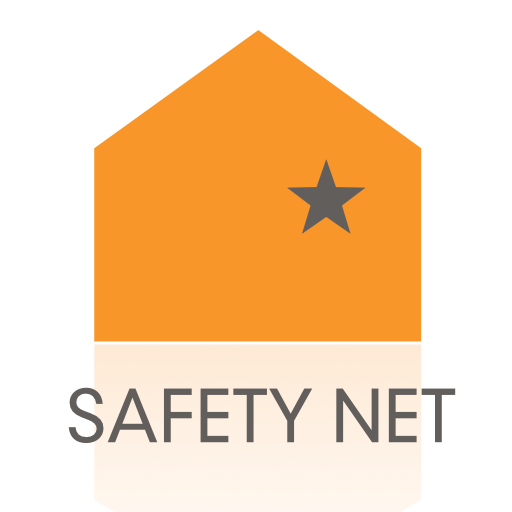Tech Abuse in the Pandemic & Beyond: Reflections from the Field, 2021
/Tech abuse is a widespread problem seen by advocates and legal systems professionals across the US. Our new report, “Tech Abuse in the Pandemic and Beyond,” shares findings from a needs assessment that included the participation of over 1,000 advocates and legal systems professionals. They told us that tech abuse increased during the COVID-19 pandemic. Survivors and their communities also encountered additional barriers to safety, justice, and healing. Read the Full Report or the Executive Summary.
Key Findings:
The most common types of tech abuse - harassment, limiting access to technology, and surveillance - increased during the pandemic.
Phones, social media, and messaging were the technologies most commonly misused as a tactic of tech abuse.
Internet of Things (IoT) devices, next generation location trackers, and other emerging technologies are increasingly misused in tech abuse.
Survivors’ lack of access to technology, sometimes called the “Digital Divide,” is a barrier to accessing services, legal support, courts, and other services and social supports.
Takeaways:
We should be prepared for the likelihood that tech abuse tactics adopted during the pandemic will not be given up easily.
We should work together to promote digital equity and tech safety.
Technology can amplify abuse but is also used strategically by survivors and those who support them.[1] Moving forward, we should bring this knowledge even more deeply into our work to respond to and prevent violence and abuse while supporting the well-being of providers.
Download the Executive Summary.
Download the Full Report.
Thank you to the dedicated advocates and legal systems professionals who took the time to complete our survey in December 2020 to January 2021. Related research on victim services throughout the pandemic highlights what we have always known: that advocates and service providers are resilient and dedicated. They shifted to new ways of using technology to communicate with survivors and each other while coping with profound personal, professional, and pre-existing societal challenges and inequities. However, there is a cost to excessive flexibility and creativity in burnout, vicarious trauma, and exhaustion.[2] We’re grateful for your responses and your work every day alongside survivors to increase safety, privacy, and healing.
This project was supported by cooperative agreement number 2019-V3-GX-K017, awarded by the Office for Victims of Crime, Office of Justice Programs, U.S. Department of Justice. The opinions, findings, and conclusions or recommendations expressed in this product are those of the contributors and do not necessarily represent the official position or policies of the U.S. Department of Justice.
[1] Freed, et al. (2017); Matthews et al. (2017); Dragiewicz, et al. (2018); Richard & Gray (2018); Douglas, Harris, & Dragiewicz (2019); Harris & Woodlock (2019); Messing, et al. (2020); Leitão (2021)
[2] Wood, et al. (2020)



